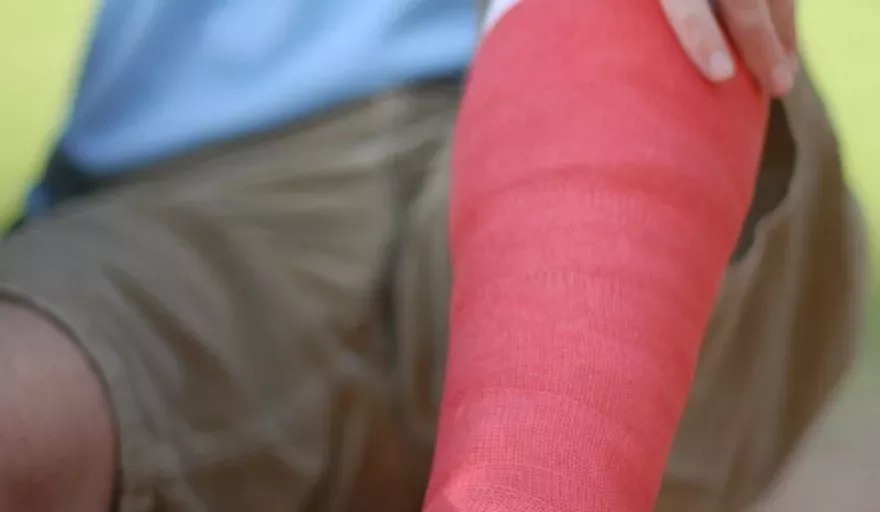European scientists have developed pioneering new technology that could help regenerate damaged cartilage and bone tissue and get patients back on their feet quicker than ever before.
The human body is fragile. Bones break. Cartilage – the stiff yet flexible connective tissue found in joints and other body parts such as the nose and ear – is prone to disease and injury. As cartilage does not contain blood vessels, any damage sustained can be difficult to heal. Often, the only thing for patients to do is to sit and wait for new tissue to grow.
The EU-funded MAGISTER project, which was completed in November 2012, wanted to find out if there was a better way of encouraging new tissue in the damaged area to grow faster. This would speed up recovery time.
Over four years, the project achieved a number of impressive breakthroughs. One of the most important of these was the discovery of a new way of introducing proteins and stem cells into the body, in order to promote new tissue growth.
The team used scaffolds. These are microscopic cell structures that, like vehicles, can be designed to carry proteins and stem cells to the affected areas. What made these scaffolds unique, however, was the fact that they were magnetic, biodegradable and able to stay in place longer.
“This was the first project to use magnetised scaffolds in tissue engineering,” explains project coordinator Dr Valentin Dediu. “This has since stimulated a new field of research that now includes at least 30 to 40 research laboratories worldwide.”
One advantage of these new magnetic scaffolds is that doctors can continuously ‘reload’ them with new cells and proteins. They can also be more easily adjusted to the personal needs of each patient, thus improving care and, again, speeding up recovery.
Another important breakthrough is the fact that the scaffolds can bio-degrade in the body after they have served their purpose. This removes the need for any operation at the end of the procedure to remove them.
Dr Dediu is confident that the advantages to patient care in this respect – and the possibility of speeding up recovery – will mean that the technology pioneered by MAGISTER will one day completely replace non bio-degradable materials that are still sometimes used for similar tissue growing procedures.
BUILDING FOR EUROPEAN SUCCESS
The MAGISTER project involved a cross-section of participants from along the biomedical and nanomaterial supply chain. “These multidisciplinary skills could only be found through European co-operation,” says Dr Dediu. “All the partners involved were from internationally recognised centres of excellence in their respective areas of expertise.”
The consortium was made up of a total of 20 partners – six of which were SMEs – from six EU and four non-EU countries (Croatia, one of the then non-EU partners, is now an EU member).
The success of this research has opened up a whole new world of possibilities in the field of tissue regeneration and orthopaedic surgery (involving the musculoskeletal system), and will likely have a positive impact on European competitiveness in the long term.
“Europe now leads the world when it comes to research into magnetic scaffolds,” says Dr Dediu. “The successful realisation of this technology should generate new SMEs and new production lines in large industries.”
SOURCE: The European Commission Research and Innovation Information Centre

























